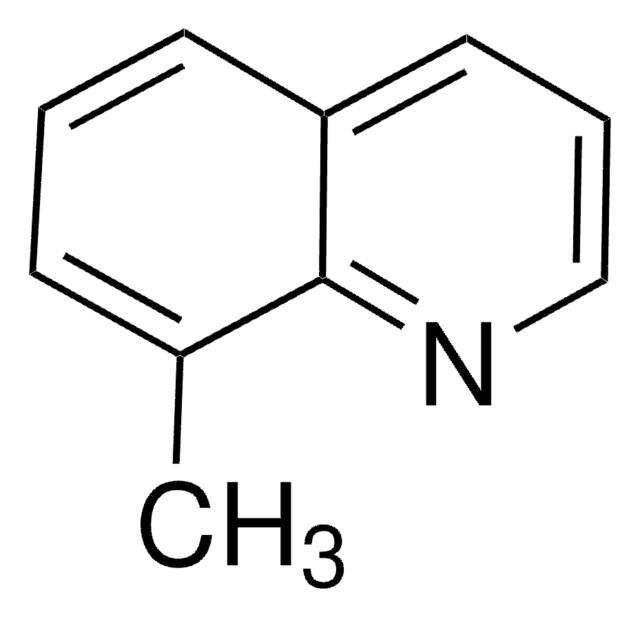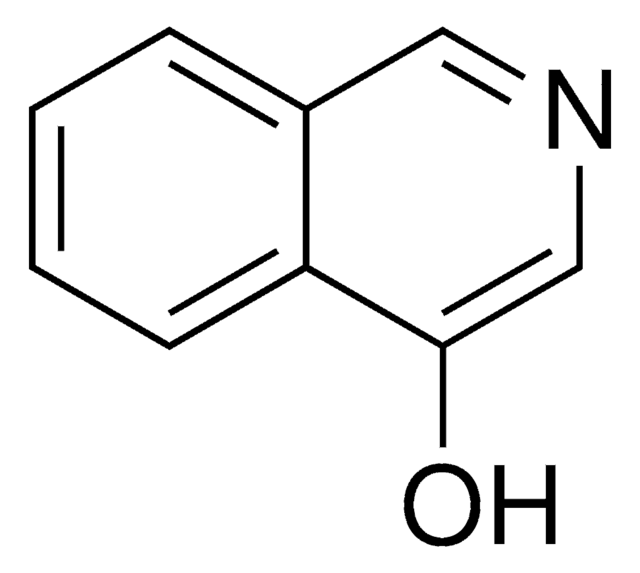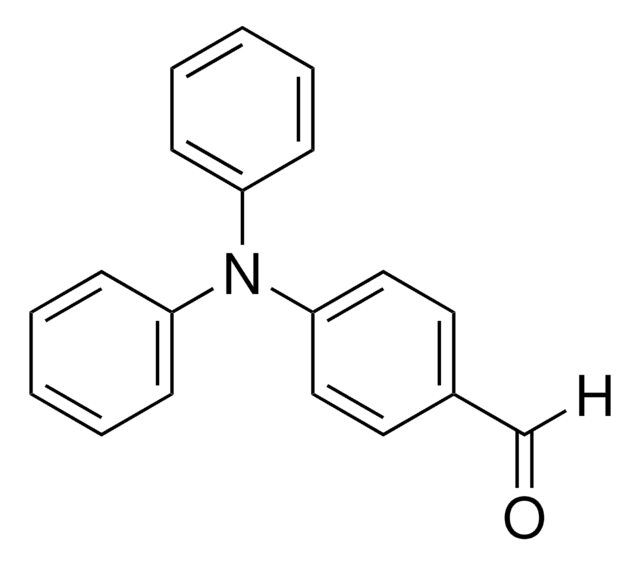299634
6-(5H)-Phenanthridinone
technical grade
Synonym(s):
NSC 11021, NSC 40943, NSC 61083
Sign Into View Organizational & Contract Pricing
All Photos(2)
About This Item
Empirical Formula (Hill Notation):
C13H9NO
CAS Number:
Molecular Weight:
195.22
EC Number:
MDL number:
UNSPSC Code:
12352100
PubChem Substance ID:
NACRES:
NA.22
Recommended Products
grade
technical grade
form
powder
mp
290-292 °C (lit.)
SMILES string
O=C1Nc2ccccc2-c3ccccc13
InChI
1S/C13H9NO/c15-13-11-7-2-1-5-9(11)10-6-3-4-8-12(10)14-13/h1-8H,(H,14,15)
InChI key
RZFVLEJOHSLEFR-UHFFFAOYSA-N
Gene Information
human ... PARP1(142)
Looking for similar products? Visit Product Comparison Guide
General description
6-(5H)-Phenanthridinone is an inhibitor of poly(ADP-ribose)polymerase (PARP)-1 activity. The ability of 6-(5H)-phenanthridinone to potentiate the effect of ionizing radiation on tumour cells was evaluated. Action of 6-(5H)-phenanthridinone, one of the most potent PARP inhibitor, on RDM4 murine lymphoma cells in culture was evaluated.
Application
Reactant involved in:
Reactant involved in the synthesis and/or pharmacological activity of biologically active molecules including:
- Synthesis of 5,6-dihydrophenanthridine sulfonamides
- Oxidative coupling with diphenylacetylene
- Direct copper acetate-catalyzed N-cyclopropylation of cyclic amides
Reactant involved in the synthesis and/or pharmacological activity of biologically active molecules including:
- Potassium channel KV1.3 and IK-1 inhibitors
- HIV-1 integrase inhibitors
Storage Class Code
11 - Combustible Solids
WGK
WGK 3
Flash Point(F)
Not applicable
Flash Point(C)
Not applicable
Personal Protective Equipment
dust mask type N95 (US), Eyeshields, Gloves
Choose from one of the most recent versions:
Already Own This Product?
Find documentation for the products that you have recently purchased in the Document Library.
Mohammad-Hossein Sorouraddin et al.
Journal of biochemical and biophysical methods, 70(6), 999-1005 (2007-10-16)
Although phenanthridine has been frequently used as a specific substrate for the assessment of aldehyde oxidase activity, the use of this method is questionable due to a lower limit of detection and its validity for kinetic studies. In the present
Sajjad Ahmad et al.
Organic & biomolecular chemistry, 10(19), 3937-3945 (2012-04-06)
A new synthetic approach has been developed for the preparation of 7-deoxypancratistatin analogues bearing a syn-(4aS,10bS)-phenanthridone ring junction. A one-pot tandem process involving a substrate-directed Overman rearrangement and ring closing metathesis reaction was developed for the stereoselective synthesis of a
F Moroni et al.
Cell death and differentiation, 8(9), 921-932 (2001-08-30)
An excessive activation of poly(ADP-ribose) polymerase (PARP) has been proposed to play a key role in post-ischemic neuronal death. We examined the neuroprotective effects of the PARP inhibitors benzamide, 6(5H)-phenanthridinone, and 3,4-dihydro-5-[4-1(1-piperidinyl)buthoxy]-1(2H)-isoquinolinone in three rodent models of cerebral ischemia. Increasing
Prakash Jagtap et al.
Critical care medicine, 30(5), 1071-1082 (2002-05-15)
To synthesize novel inhibitors of the nuclear enzyme poly(adenosine 5'-diphosphate [ADP]-ribose) synthetase (PARS), also known as poly(ADP-ribose) polymerase (PARP), and to test them in in vitro models of oxidant-induced cytotoxicity and in endotoxin and splanchnic occlusion-reperfusion-induced shock. Randomized, prospective laboratory
Sara Ebrahimi Nasrabady et al.
Cellular and molecular neurobiology, 31(4), 503-508 (2011-02-19)
Excitotoxicity is considered to be a major pathophysiological mechanism responsible for extensive neuronal death after acute spinal injury. The chief effector of such a neuronal death is thought to be the hyperactivation of intracellular PARP-1 that leads to cell energy
Our team of scientists has experience in all areas of research including Life Science, Material Science, Chemical Synthesis, Chromatography, Analytical and many others.
Contact Technical Service



![1,2,3,4-Tetrahydro-9H-pyrido[3,4-b]indole 98%](/deepweb/assets/sigmaaldrich/product/structures/181/460/3d58bc34-1b5c-4295-bbac-3b52085670e8/640/3d58bc34-1b5c-4295-bbac-3b52085670e8.png)




